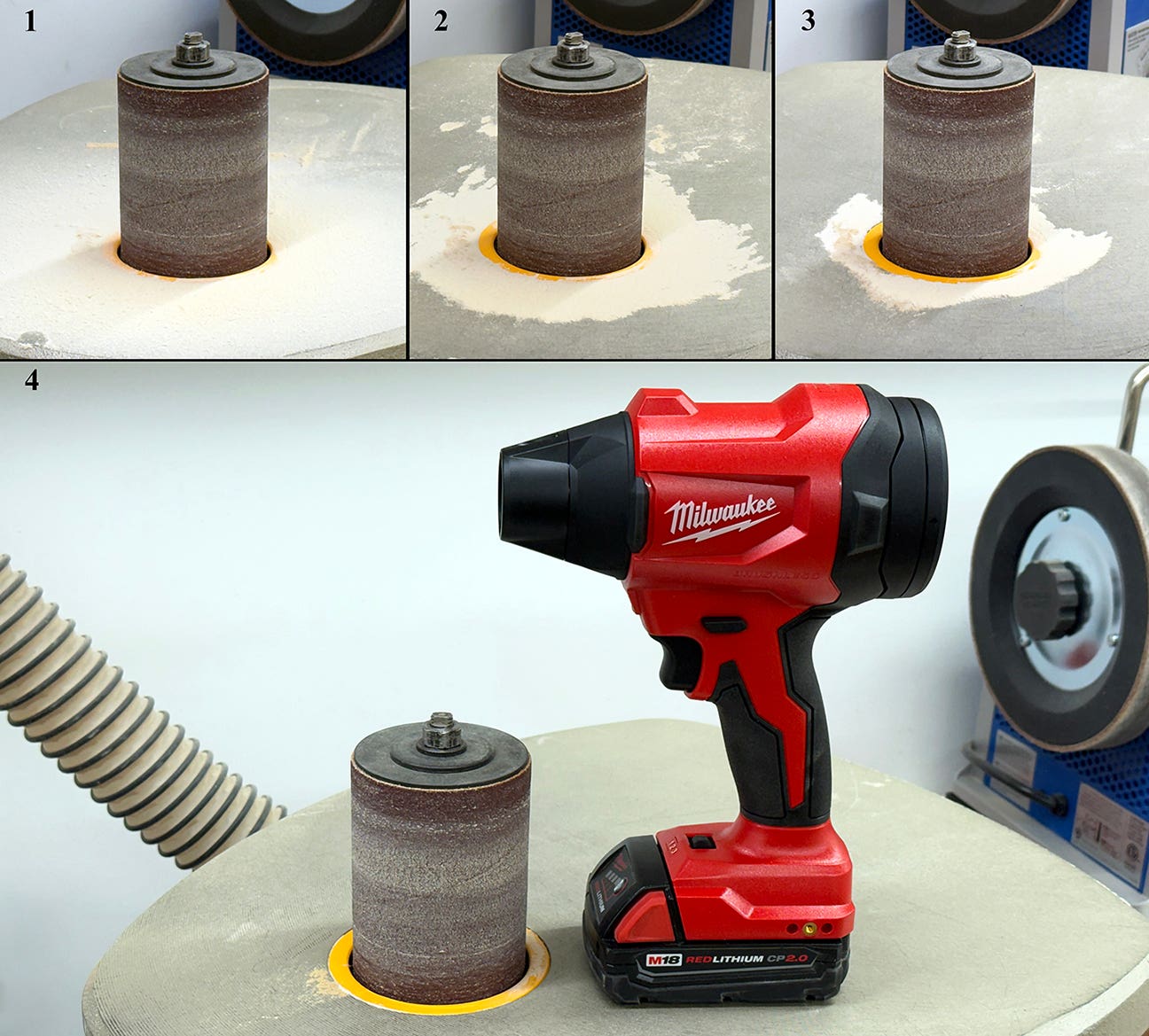Reading the small print
Just got a new Triton router, and it is sweet. But before plopping it into my router table, as a safe and conscientious woodworker, I first sat down with the manual to familiarize myself with the machine. It didn’t go well.
Just got a new Triton router, and it is sweet. But before plopping it into my router table, as a safe and conscientious woodworker, I first sat down with the manual to familiarize myself with the machine. It didn’t go well.
I know my eyes aren’t as good as they used to be. They’re just part of a growing list of deteriorating things that includes just about every single body part I own – knees, hips, feet, my sense of decorum in public, etc. But the struggle I had reading the text just confirmed that my aging eyes are the worst of the lot.
“It never used to be this bad,” I lamented, mourning my lost eagle-sharp vision. And to confirm it, I dug out the oldest tool manual I have – for my Porter-Cable 690 router from the mid-’90s – to make a comparison.
Wait just a minute. It really didn’t use to be that bad. They text in that old manual was large and easy to read. Yeah, still needed my glasses to accomplish it, but I didn’t find myself squinting and digging in my desk for a magnifying glass. Quickly rummaging through some more manuals, old and new, the truth became apparent.
It’s not me! Older tool manuals were easier to read! I guess manufacturers now use smaller text to accommodate more safety information, save paper, or whatever. But the real takeaway here is that my eyes are not as bad as I thought they were. In fact, this entire experience makes me feel younger. Now, if only my knees, hips, feet and sense of decorum would get the news.
A.J. Hamler is the former editor of Woodshop News and Woodcraft Magazine. He's currently a freelance woodworking writer/editor, which is another way of stating self-employed. When he's not writing or in the shop, he enjoys science fiction, gourmet cooking and Civil War reenacting, but not at the same time.







